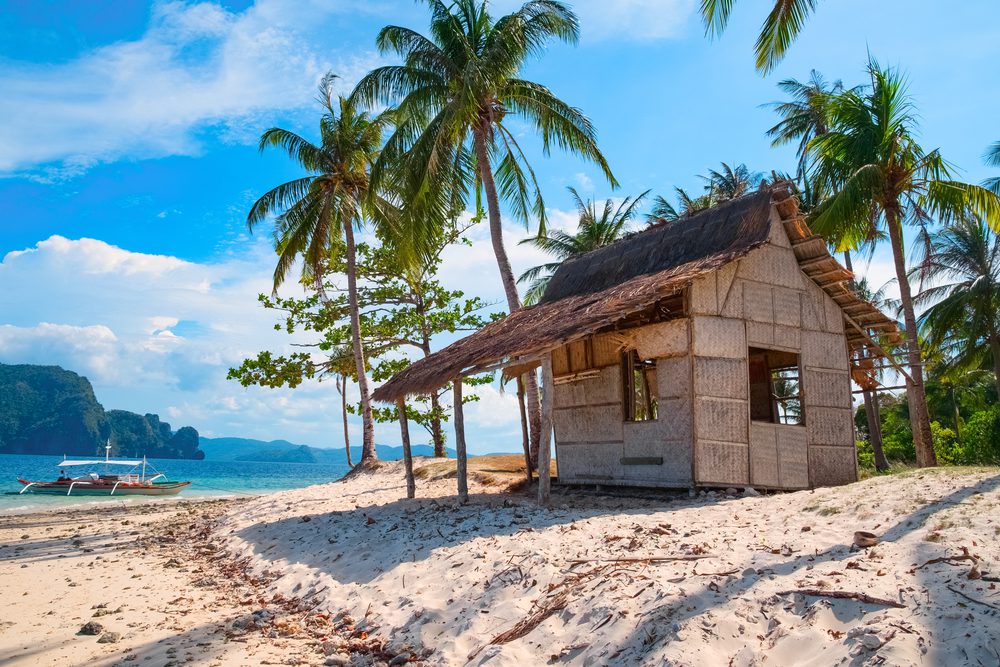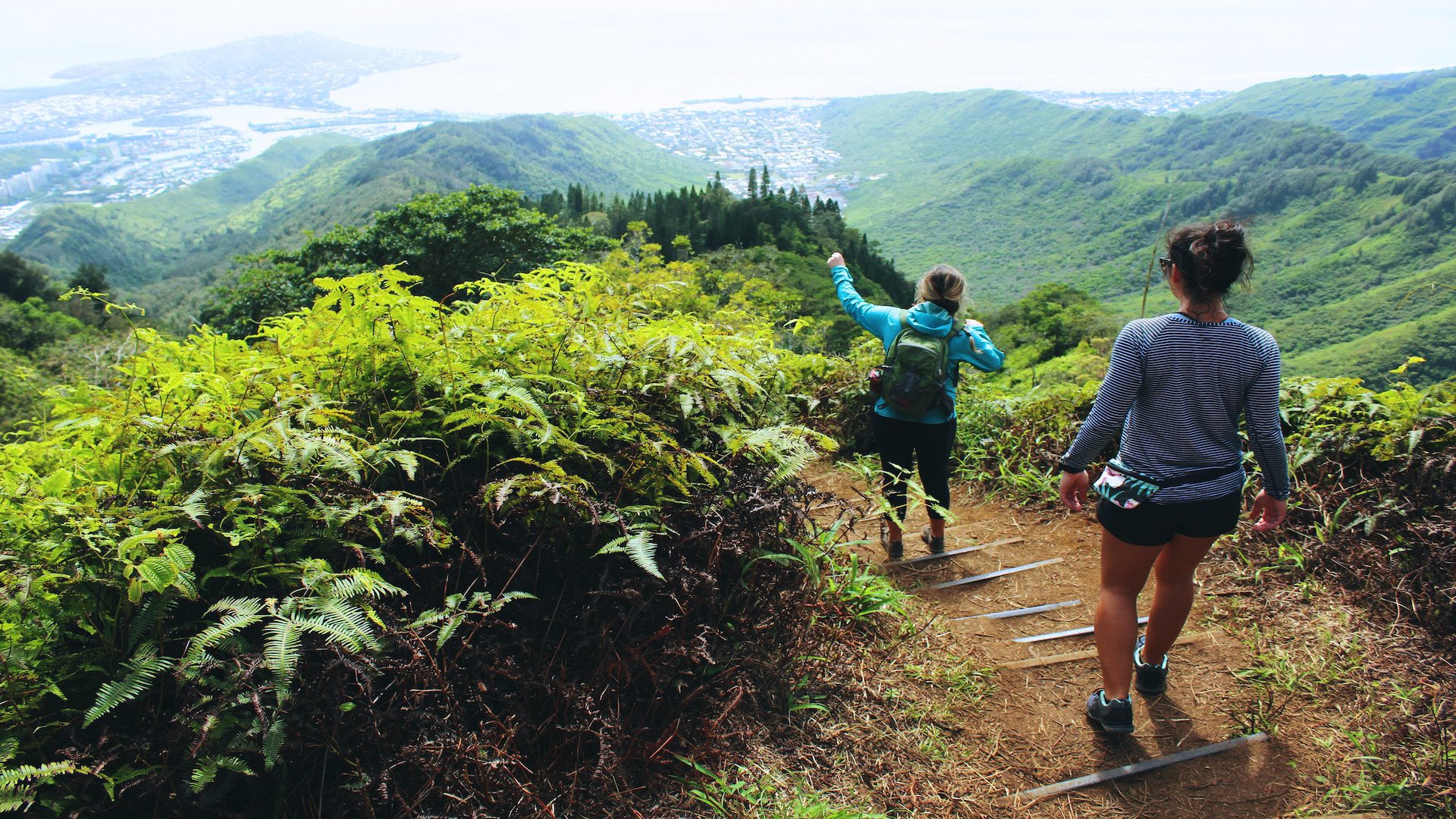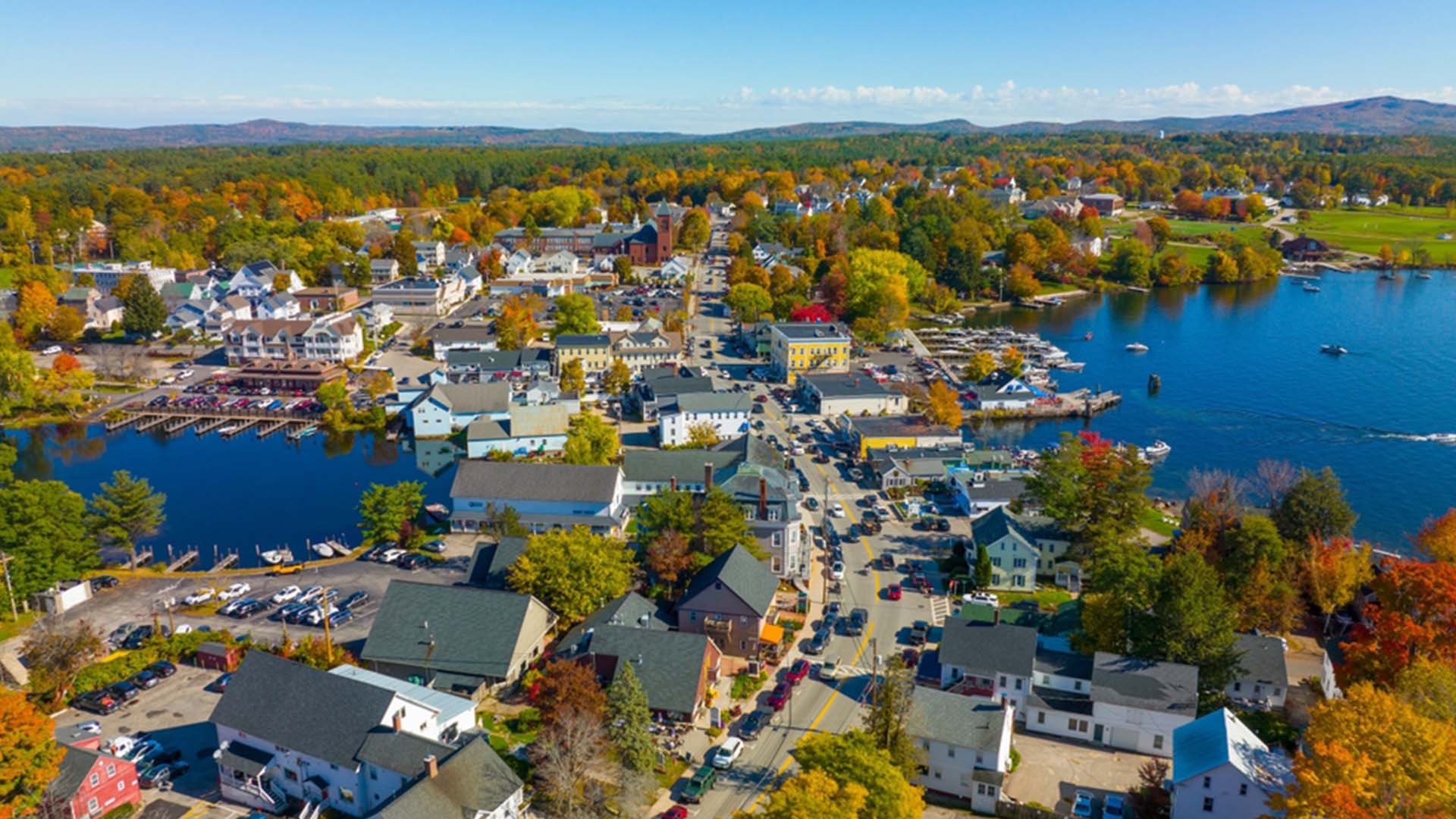A perfect destination for nature enthusiasts, Palawan Island, located in the Philippines in Southeast Asia, is filled with endangered wildlife, bright blue water, limestone cliffs, nature reserves, and wildlife conservation efforts.
Flora and Fauna

Palawan Island’s proximity to surrounding territories has resulted in much of its plant life being similar to that of Borneo. However, the island contains some unique animal species such as the purple crab and Nepenthes Attenboroughii, the recently discovered carnivorous shrew-eating pitcher plant. The island also contains over 200 species of birds, 1,500 different species of plants, and 600 different species of butterflies.
El Nido

The name El Nido comes from the Spanish word for “The Nest” and it’s a town that resides at the northernmost portion of the island. It forms the El Nido Marine Reserve Park and works to protect endangered species such as the giant clam. This north islet is an important breeding ground for turtles, birds, and a pristine coral reef.
On day tours, eco-friendly boats hop between islands such as Vigan (nicknamed ‘Snake’ for its serpentine sandbar) and Miniloc. And, underwater, you’ll discover a rainbow of color created by the roughly 800 species of fish and 120 species of coral found at El Nido. Just a few of these vivid creatures swimming around the aquamarine waters are clownfish, parrotfish, and seahorses.
Honda Bay

Honda Bay, located on the eastern shore of Palawan Island, is an important habitat for the endangered whale shark. The biggest fish in the sea, the whale shark can reach a length of up to 32 feet. A protected species in the Philippines, the colossal whale sharks visit Honda Bay seasonally to feed on krill, anchovy, and other small fish.
To protect Honda Bay’s natural resources and species, the bay was designated a Marine Key Biodiversity Area, and sustainable tourism activities such as Banca tours were created to support conservation efforts. In addition to whale sharks, the area is also home to species of sea turtles, bottlenose dolphins, and dugongs.
Puerto Princesa’s Subterranean River

Puerto Princesa is Palawan Island’s capital and main arrival hub, but the real attraction that brings many tourists to the island is the subterranean river. Puerto Princesa Subterranean River is a five-mile-long underground river that flows directly into the sea. It is the second-longest underground river in the world and, because it flows into the sea, the lower portions of the river are subject to tidal changes.
Before the river reaches the sea, however, it flows through a series of underground caves which include major formations of stalactites and stalagmites. The caves also feature several large chambers including the Italian’s Chamber which is 1,180 feet long and 2.5 million square meters in volume, making it one of the largest cave rooms in the world. This rare and beautiful site has been featured as a natural wonder of the world in 1999 UNESCO listed the Puerto Princesa Subterranean River National Park as a World Heritage Site.







